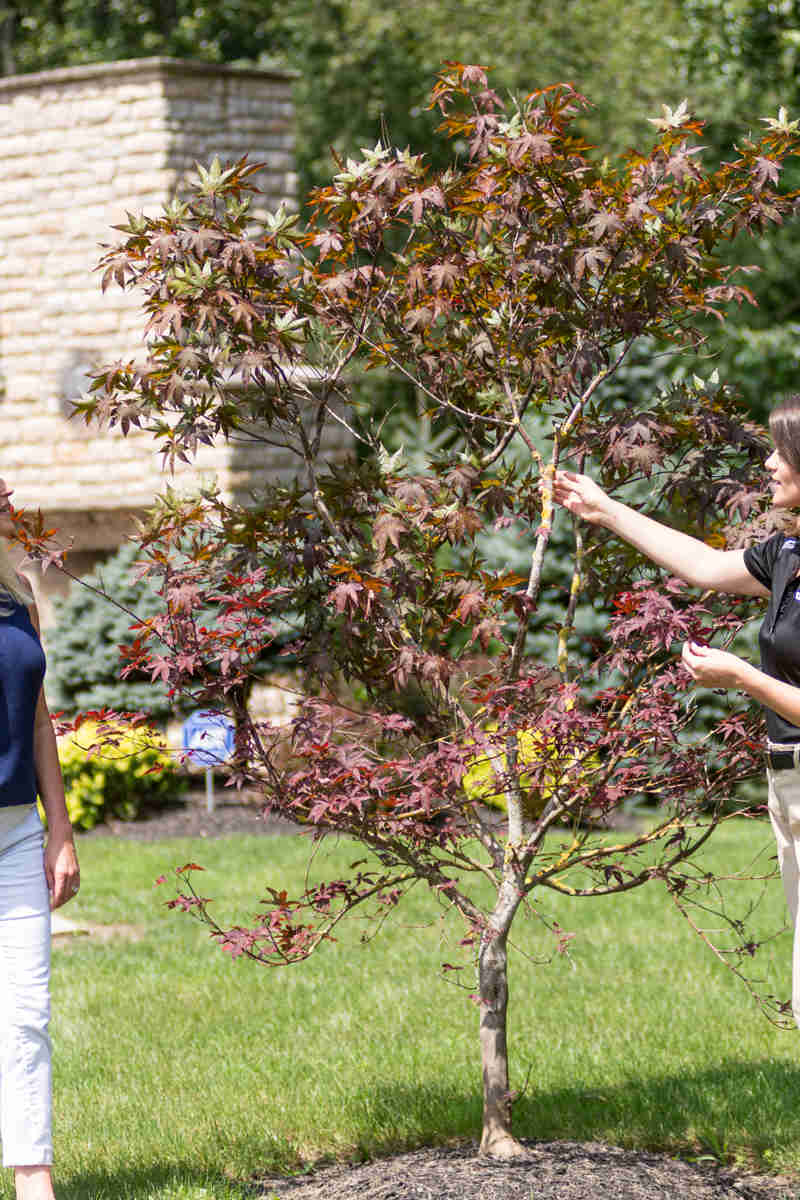Emerald Ash Borer Description:
Emerald ash borer (EAB) is an Asian beetle that threatens the existence of ash trees throughout North America. These insect pests have killed millions of ash trees in urban areas, woodlots, and nurseries, spreading via infested nursery stock and firewood. Regulatory quarantines rely on public cooperation and can be difficult to enforce. They can slow the spread of EAB, but cannot stop it.
Adults are elongated, metallic green, and 3/8 to 5/8 inches long. They feed on foliage, leaving jagged edges, but doing little damage, if any, to trees. Damage occurs in the grub-like larval stage. Larvae are cream-colored, flattened and 1 to 1¼ inches long when mature.
Hosts:
All native species of ash (green, white, blue, and black), as well as their horticultural cultivars, are susceptible to attack. Since its discovery in 2002, EAB continues to spread wherever ash trees grow.
Emerald Ash Borer Life Cycle & Symptoms:
EAB belongs to a group of wood-boring beetles known as metallic wood borers or flat-headed borers. EAB usually completes its life cycle in one year, although some larvae can remain in trees for two years. EAB overwinters as mature larvae under tree bark, or in small chambers in the outer sapwood. In early spring, the larvae transform into pupae, still in the chambers. In late May or June, adult beetles chew out and emerge, leaving D-shaped holes in the bark. These 1/8-inch holes are positive indicators of EAB infestation.





